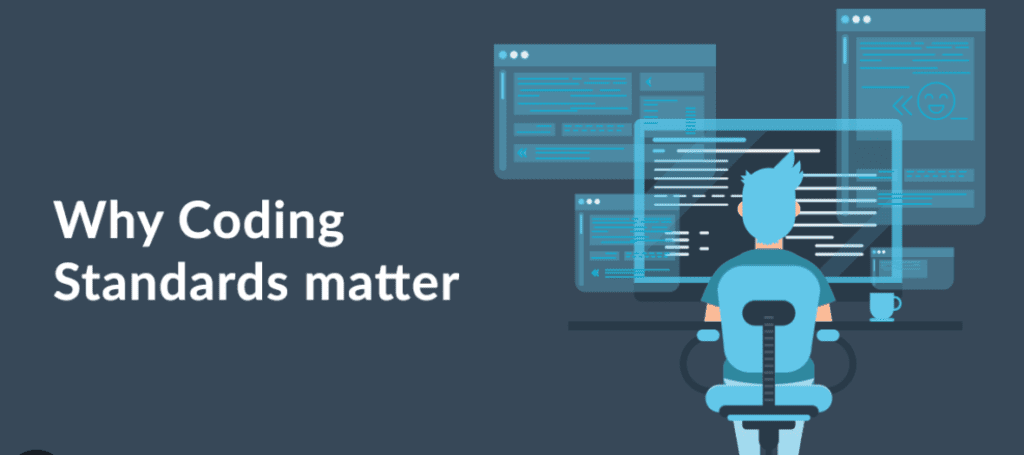
Darwin Martin
Principal Software Engineer

Best Practices for Clean and Maintainable Code
In the world of software development, the quality of your code can significantly impact the overall success and maintainability of your projects. Good coding practices are essential not just for individual productivity, but also for team collaboration and project scalability.
Choosing the right names for your variables, functions, and classes can make a huge difference in the readability of your code. Clear, descriptive names provide insight into the role of a variable, the purpose of a function, or the behavior of a class.
"Good code is its own best documentation. As you're about to add a comment, ask yourself, 'How can I improve the code so that this comment isn't needed?' Improve the code and then document it to make it even clearer."
Each function or method should have a single responsibility. If a function is doing too many things, it becomes harder to understand, test, and debug. By ensuring that each function does one thing, you can make your code cleaner, easier to read, and more modular.
Comments should explain the "why" behind the code, not the "what." The code itself should be clear enough on its own to tell you what it is doing; if it's not, perhaps it needs to be rewritten.
Refactoring is the process of restructuring existing code without changing its external behavior. It is essential to keep the code base healthy and maintainable. Regular refactoring prevents the buildup of technical debt, making it easier to add new features and fix bugs.